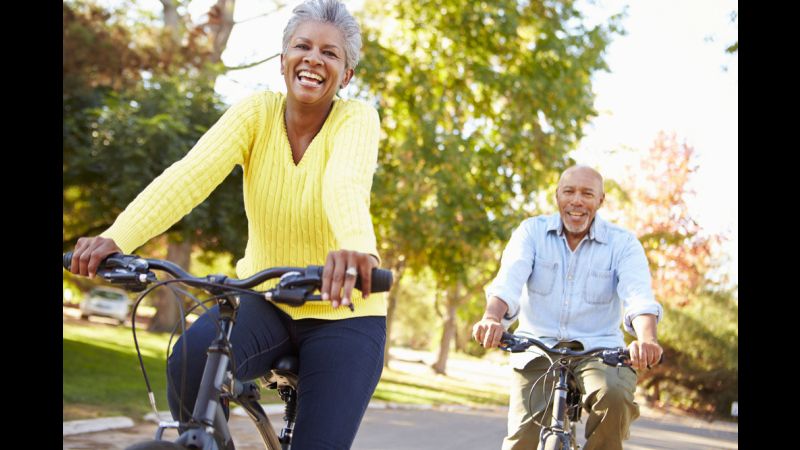At this point, we should know that having a balanced and regular exercise routine has major benefits for our overall health, and one of these benefits is the fact that exercising is a great outlet for relieving stress. Experiencing feelings of stress on a regular basis can have many negative effects on your health, which is why it is so important to minimize the amount of stress in your life.
Why Exercise To Fight Stress?
You may be familiar with the term ‘runner’s high,’ which refers to experiencing a feeling of euphoria while exercising, and as it turns out, they don’t call it a runner’s high for nothing! Whenever you exercise, your body releases chemicals called endorphins, which are responsible for reducing your perception of pain, fighting stress and triggering positive feelings.
Beyond the biological benefits, however, exercise can also reduce stress by allowing you time to clear your head. This can be especially beneficial if you’re faced with a problem at home or work as you may be able to come up with a solution you didn’t think of before.
Top Exercises
Everyday Health outlines the top eight exercises that reduce stress:
- Walking. Walking is perhaps the simplest exercise that helps you stay active on a daily basis. Look for little ways to get your heart rate up during the day such as taking the stairs over the elevator. Other de-stressing aerobic activities include jogging, running, dancing – anything that will get your heart rate up!
- Swimming. Swimming is a great aerobic exercise, especially for those who experience joint pain. The water reduces the amount of pressure on your joints while the resistance allows you to perform strength exercises without lifting heavy weights. Here’s a list of five exercises you can do in the pool.
- Yoga. Yoga is perhaps one of the most popular stress-relief exercises. It involves stationary and moving poses along with deep breathing techniques. There are many different yoga classes out there, but if you’re simply looking to de-stress, we recommend a beginner’s class instead of a ‘power yoga’ class.
- Tai Chi. Tai chi is a great alternative for those with back or joint pains who have trouble with yoga’s stationary poses. Tai chi involves completing a series of low-impact and slow movements while breathing deeply.
- Pilates. Yoga, tai chi, and now pilates?? It can be easy to think these exercises are the same as they all focus on deep breathing, but there are some notable differences. Pilates involves controlled movements and mat exercises that improve your endurance, flexibility and strength. Here is a yoga-pilates fusion routine for older adults, but with all three of these exercises (yoga, tai chi and pilates), it is best to attend a class first before trying them out on your own.
- Cycling. Similar to swimming and tai chi, cycling is another great low-impact activity for those who experience joint pain. If the weather isn’t cooperating or if you’re worried about losing your balance, try taking a spin class.
- Chair Exercises. Chair exercises are the perfect way to exercise year-round as these simple, low-impact movements reduce your stress levels while improving your mobility.
- Team Sports. Exercising with others may actually be the most beneficial activity on this list as it reduces stress in two ways: by having fun with others and by releasing endorphins. Plus, exercising with others can be a great motivation to stay active!
As shown above, there are many different exercises that reduce stress, but always be sure to discuss any new exercise routine with your physician first.


